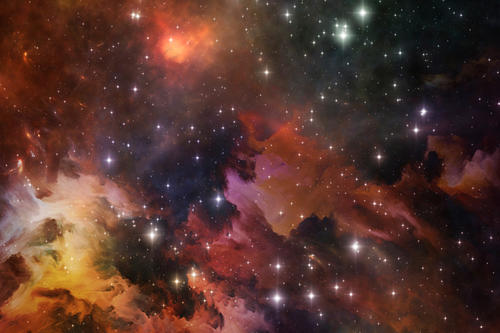
Of all the particles that make up our universe, neutrinos rank supreme in the mystery category.
Small enough to sail straight through our bodies—or the Earth—without hitting anything, these “ghosts of the universe” change their character as they travel. Enigmatic as they are, they may hold the key to unraveling the biggest mystery of all: why the infant universe’s rampage of self-destruction spared a tiny shred of matter, which became the planets, stars, and galaxies we know today.
The University of Minnesota spearheads the six-year NOvA project, which involves 208 scientists and engineers from 38 institutions in a search for evidence that neutrinos somehow had a hand in our universe’s narrow scrape with annihilation. The researchers study neutrinos beamed from near Chicago to an underground lab in Ash River, Minnesota, a stone’s throw from the Canadian border.
What emerges from the NOvA data may not only point to a role for neutrinos in the universe’s survival, but could also yield intriguing hints as to the very nature of mass.
- Categories:
- Science and Technology





